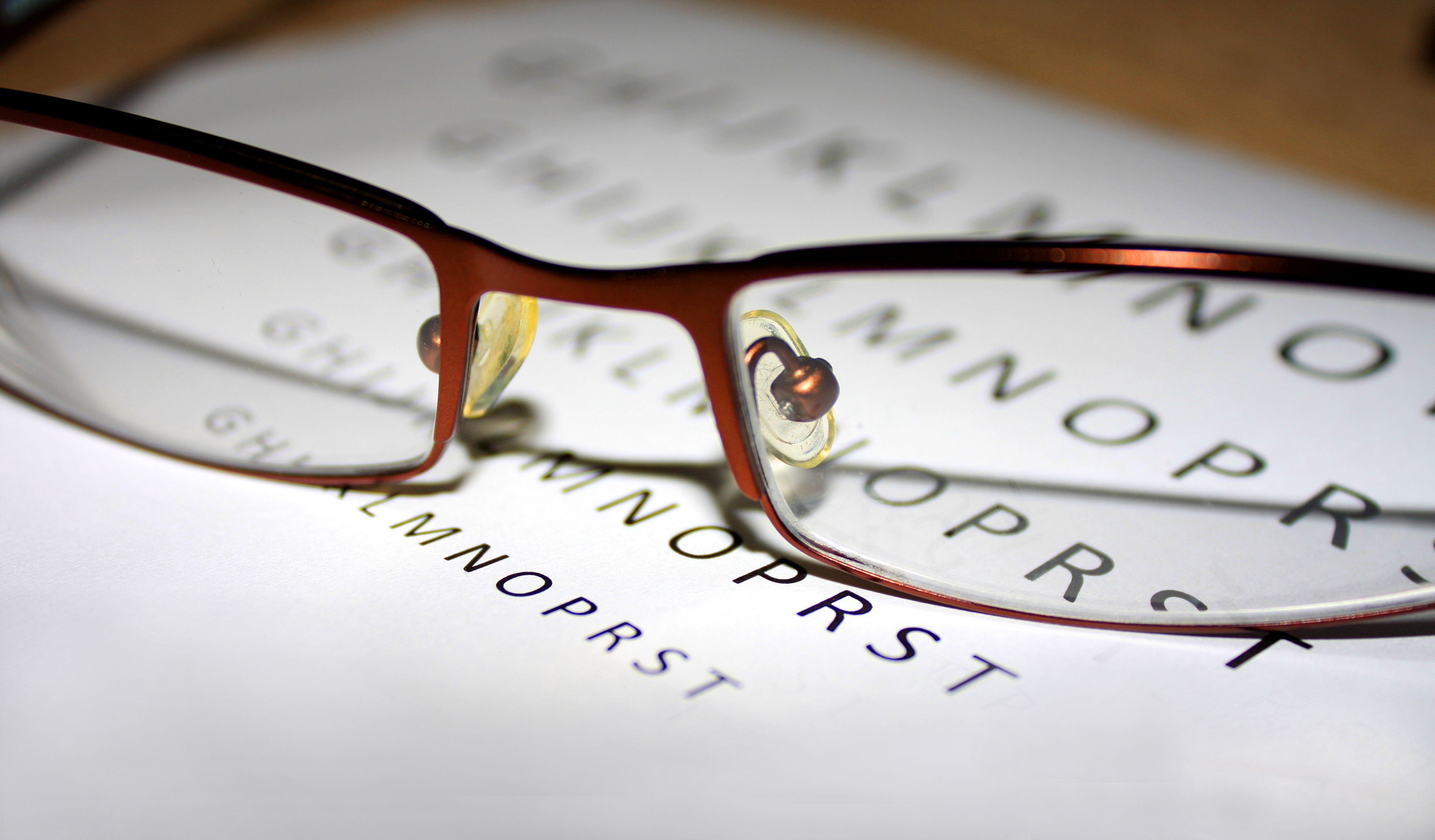Video
Factors and Complications Associated With Treatment of DR
Experts review factors considered when deciding on treatment options and the complications associated with the available diabetic retinopathy therapies.
Transcript
Jose Martinez, MD: When we assess patients and we’re trying to consider whether to use anti-VEGF [anti-vascular endothelial growth factor], one thing we consider is their ability to come back and see us. Will they be compliant with coming back to see us monthly to receive these injections? There are some patients for whom the thought of getting an eye injection is overwhelming, and they can’t handle it and prefer to have laser treatment. We have a frank discussion about the risks and benefits of each of the different treatments, and some patients opt to have laser treatment, particularly for proliferative diabetic retinopathy. It’s effective, it was a standard treatment for decades, and it does work in reducing their risk of vision loss.
For other patients, the thought of laser is an anathema to them. They don’t want a bright light in their eye, they’ve heard of friends not seeing well peripherally, and they felt like the laser harmed their eye, so they’re more open to having injections.
It depends on the particular patient. Then there are issues of whether the patient can get there monthly. Some patients have already missed too much work, so they prefer the idea of just having laser and being done with it. It depends; we’re big into tailoring treatment decisions based upon the patient’s particular needs. Thankfully, we have different treatment options available for patients that can be tailored to their particular needs.
Robert Wong, MD: Complications associated with panretinal photocoagulation may include loss of your peripheral vision, problems with your nighttime vision, pain with the procedure, or sometimes blurring in the center when macular edema occurs.
Complications with vitrectomy surgery for diabetic retinopathy are rare, but they include infection, bleeding, and a risk of retinal tears or retinal detachments. If the patient has not had cataract surgery, vitrectomy surgery can promote a cataract to form faster.
Complications that can occur with focal or grid laser targeted toward the macular are rare. Over time, patients can develop a scotoma, which is small blind spot in areas of previously treated retina. However, this treatment modality is very well tolerated.
Complication associated with intravitreal injections with anti-VEGF therapies are typically associated with the injection procedure. These may include discomfort at the injection site, bleeding in the conjunctiva, as well as mild pain. There can also be some burning or irritation after the procedure, and that is typically due to the sterilization techniques we use.
Most of the time, these complications resolve in the first 24 to 48 hours.
The more serious adverse effects with intravitreal injections are quite rare. These may include infection, retinal tears, or retinal detachment, and we estimate that these occur about once every 1 in 3000 to 1 in 1000 cases.
There are more serious adverse effects that can occur, such as cardiovascular and thromboembolic events. For patients with diabetes receiving anti-VEGF therapy, clinical trials show that these may occur anywhere between 5% and 15% of the time in patients who were studied in the 2- and 5-year clinical trials. The physician should be aware of these adverse effects when starting patients on this therapy.
There are other complications associated with intravitreal injections with patients who are getting corticosteroids. Steroids can lead to an elevation of the intraocular pressure, as well as promotion of a cataract to form. Physicians should be aware of these adverse effects and monitor them closely.
Because the treatments have been shown to be extraordinarily beneficial to our patients, there are very few barriers to therapy. For surgery, patients may have systemic comorbidities such as heart disease or kidney disease, which will prevent us from operating on them because they may not be able to tolerate anesthesia.
With intravitreal injections, I find that psychological factors may be the biggest barrier. Most patients don’t like to have anything done with their eye, and having the thought of a needle injection frightens them. We get around that by saying that it’s a virtually painless procedure, and most patients do very well.
Some of these intravitreal injections are quite costly, and there may be a financial barrier.
From a provider perspective, carrying stock of these high-cost medications can create a problem with cash flow if there is a threat of non-reimbursement or delayed payment.
Jose Martinez, MD: Sometimes, managed care does impose step therapy on physicians in which they’re asked to use lower-cost alternatives to treat diabetic macular edema or proliferative diabetic retinopathy. Studies have shown there are 3 main classes of anti-VEGF treatments. Two of them are labeled drugs, meaning they’ve gone through the FDA process of approval. One of them is not: it’s a non-FDA approved drug for ocular use, but studies have shown that when you compare these 3 drugs, in many situations they work equivalently.
We’re open to trying the less-costly drugs first, but sometimes they don’t work as well as the other 2 labeled drugs. Studies have shown, one called the DRCR [Diabetic Retinopathy Clinical Research Network] Protocol-T study, that patients with diabetic macular edema and vision of 20/50 or worse do better using labeled drugs, particularly one called aflibercept, than those using the other 2 drugs. There are specific indications to use certain labeled drugs versus other drugs, but most retinal specialists are aware of the differences in cost and try to weigh that in medical decision making. There are indications where it’s better to use labeled drugs because of their formulations because there are some other studies that show they work better in particular situations.












